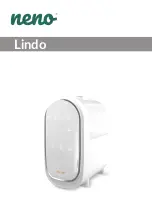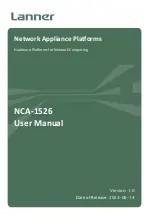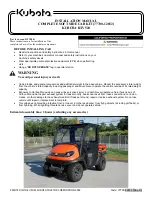
2
0
2
2
-0
2
20
Installation
Figure 3.3
Correct orientation
The surface must be level to prevent the housing from becoming misaligned when the fittings
are tightened. We advise securing the screws with spring disks to prevent the sensor becoming
misaligned. Following installation of the sensor, ensure that there is still sufficient space to con-
nect the connection cable to the sensor
Mounting the Housing
The device has 2 M4 threads on the base and on both sides of the housing to allow easy instal-
lation of the sensor in your plant. This means there are 3 different ways to mount the sensor in
your plant.
•
One-sided lateral mounting with M4 screws: You can mount the housing on its right-hand
or left-hand side using the 2 M4 threaded sleeves. The maximum screw-in depth of the
M4 screws is 8 mm.
•
Continuous lateral mounting with M3 screws: M4 threaded sleeves are designed in such a
manner that M3 screws pass all the way through the housing. Use 2 sufficiently long M3
screws with 2 lock nuts to mount the device in the plant
•
Mounting on the underside of the device with M4 screws: You can use the 2 threaded
sleeves to mount the housing on the underside of the device. The maximum screw-in
depth of the M4 screws is 5 mm.
Positioning the Sensor
When positioning the sensor, ensure that the camera's field of vision is not obscured by the
objects being scanned.
Caution!
Damage to the equipment caused by improper installation!
Device components can be damaged if the permissible screw-in depths and the maximum per-
missible tightening torque is exceeded.
Note that the threads on the bottom of the housing are not thru–holes.
Observe the maximum permissible screw-in depth to avoid damaging the device or mounting
incorrectly.
Never exceed the maximum permissible tightening speed of the fixing screws. The maximum
tightening torque of the mounting screws must not exceed 2 Nm.
















































